How to build a riding arena for horse training and exercise
Building a riding arena is not as complicated as it might seem, but it does require proper planning and preparation. To help you get started, let’s...

With a solution-focused approach, we collaborate closely with clients and consultant teams to align on scope, time frames, design objectives, and cost. We’re committed to delivering a strong return on your investment. Are you interested in our work in the commercial and industrial sectors?

Our client, a vet and sheep farmer, needed a shearing shed and yard cover designed for efficiency and innovation. Partnering with our team, he collaborated with fit-out providers to create two custom steel structures tailored to his farm’s needs. His farm is now equipped for better working conditions and long-term success.

Providing Industry-Leading Steel Building Solutions
Central Steel Build, committed to innovation, quality, and customer satisfaction, has solidified its reputation as an industry leader. We're revolutionising agricultural structures, and transforming how farmers and producers approach building solutions. If you’re interested in our work in the agricultural sector, read the article to discover how we’re transforming building solutions.

Oritech combined office and warehouse
Oritech Pty Ltd partnered with us to build a modern office and warehouse facility in Mitchell Park, Victoria. The design featured innovative L-shaped tilt panels for both function and style. Using our Pro. building approach, we delivered a durable, cost-effective, high-quality solution. Seamless collaboration ensured the project was completed on time and within budget.
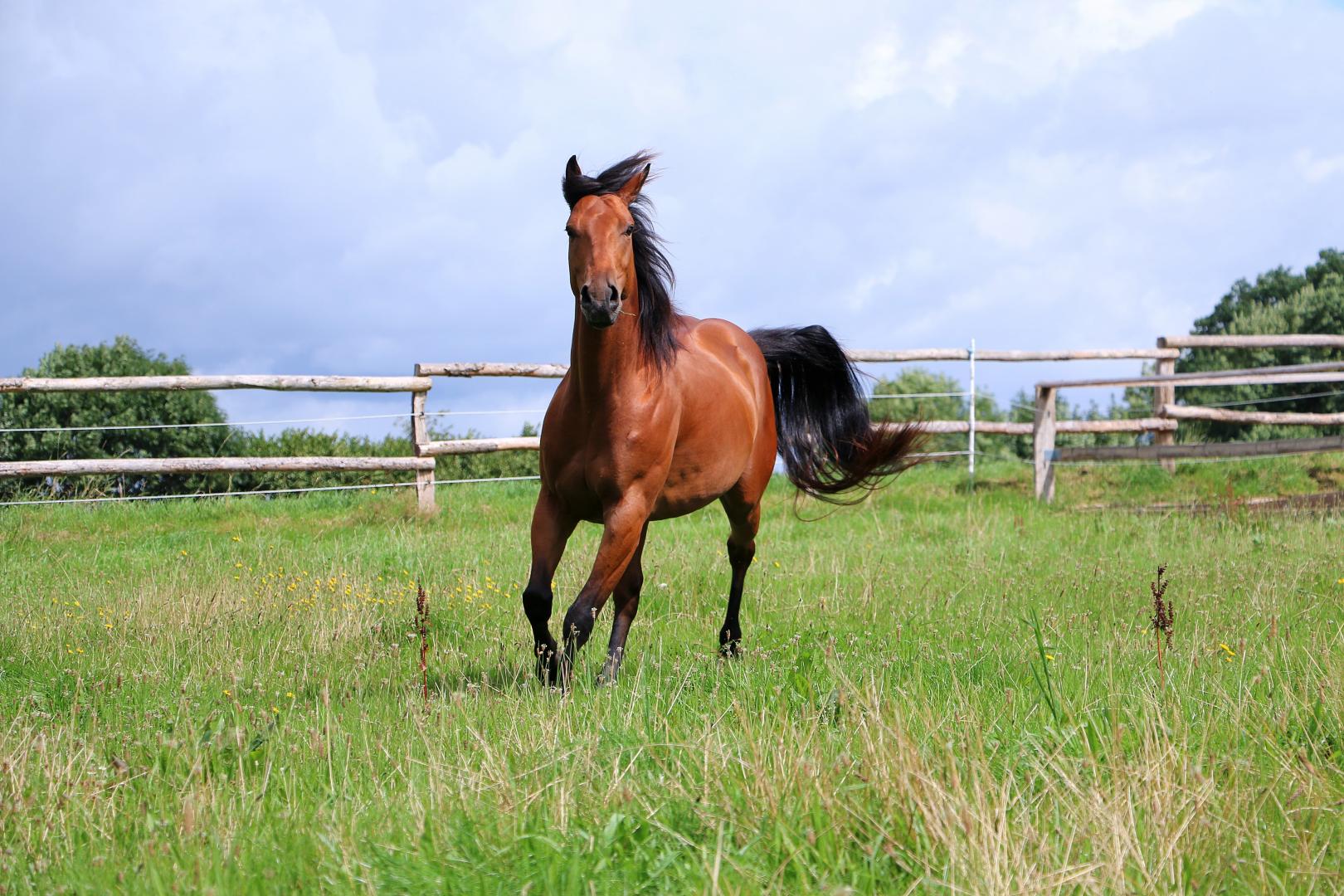
The change of the seasons can affect our horses in ways other than what we as horse owners know and or notice. Due to the difference in weather, grazing conditions alter considerably across different times of the year. This results in large changes in grazing horses grass and living conditions. Here we have outlined a few tips to help overcome issues associated with changing the seasons.
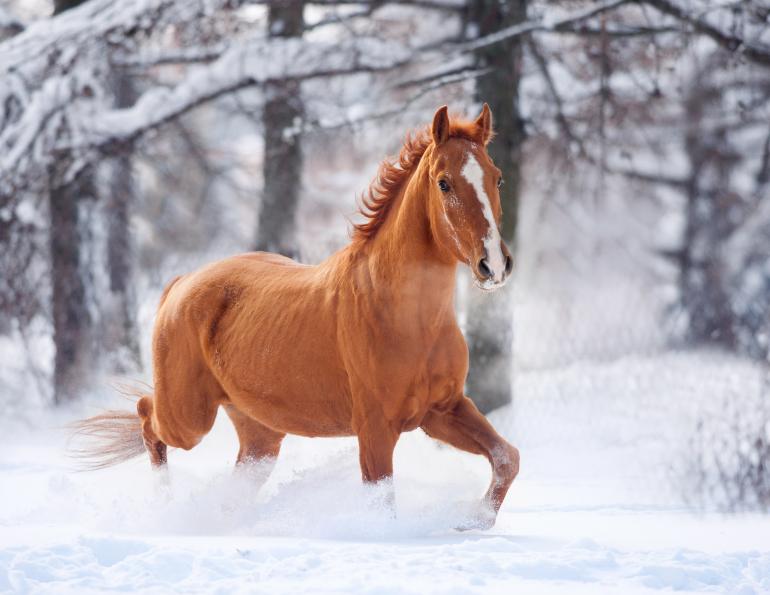
Australia is just coming out of Winter and into Spring, depending on where you are located your Spring may come earlier than other parts of the country. Over winter grass growth is slowed considerably and some grass will remain dormant meaning levels of potassium and nitrates will not be as high. Reacting to spikes of potassium and nitrates result in healthier and happier horses.
A lot of owners turn their horses out in winter and stop feeding them a hard feed thinking if they are not being worked they do not need the extra vitamins and minerals. Horses burn quite large amounts of magnesium over the colder months and while it is good that the grass has dropped in potassium and nitrates, other nutrients drop in the grass such as well such as calcium and magnesium. Stopping supplementing over winter means they will have to rely on the stores of calcium and magnesium in their body. A high fibre ration using horse safe hay if available, will benefit your horse and his overall health and help keep him warm over.
Watch out for short Rye Grass over winter. Perennial Rye Grass has toxic endophytes that stay in the lower leaves but travel up the seed stem in Spring. Therefore if you do not manage your pastures correctly over Winter your horses could be eating toxic endophytes which can cause a whole list of problems ranging from affecting the horse’s nervous system to suppressing their immune system. If you do not have any choice and must graze your horses on some Rye Grass, avoid letting the grass get short and only graze them on the mid growth of the plant. On a positive note the myco-toxins in the general environment reduce over the colder months so if your horses are not grazing any Rye Grass you can reduce or stop feeding a toxin binder while it is cold.
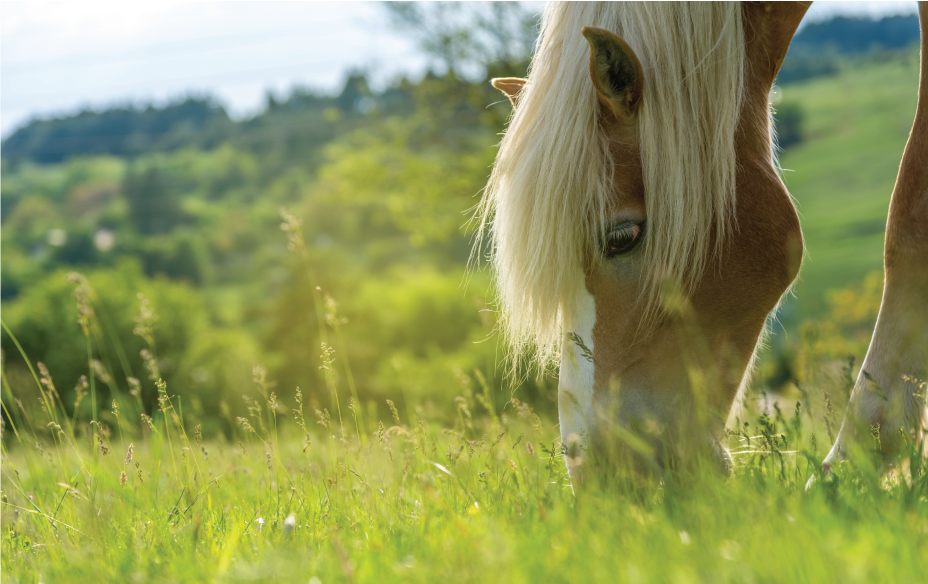
With Spring comes an increase in rain and air temperatures resulting in massive growing spikes of grass. With this comes very high spikes in potassium and nitrates and this can result in laminitis. Laminitis can make a horse go lame overnight in severe cases and in mild cases symptoms may appear as stepping short or sore behind. This is one of the reasons it is so important to ensure that your horse is getting their total seasonally adjusted dietary intake of sodium, magnesium and calcium to ensure that the stored and circulating levels in the body are kept at optimum levels. Whilst working your horse is using up vital vitamins and minerals and they must be restored.
With the warmer weather fungus/moulds increase in their myco-toxins. During this time it is advisable to feed the full dose of a toxin binder over two feeds. Beware of Rye Grass as it will become more dominant in the pasture and go to seed over Spring which can cause a lot of issues in horses including Rye Grass staggers.
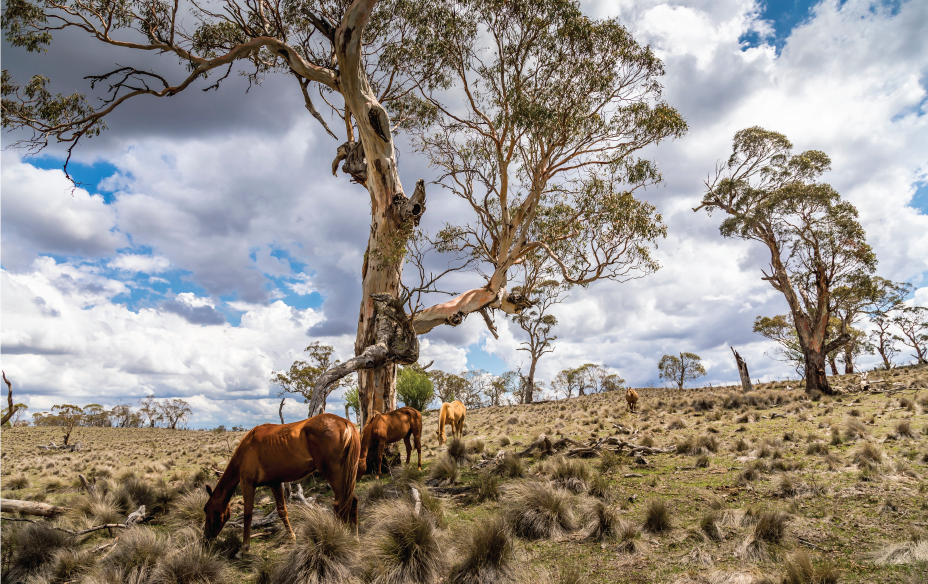
In Summer the heat increases and mostly across Australia dryer conditions are experienced. In dry parts of the country the grass proceeds to slow in growth and brown off. Unlike other grasses Paspalum Grass is able to stay green and as horses seek out the last green grass it will have higher sugar levels being more palatable. Paspalum Grass under some conditions can be toxic to horses and cause Paspalum staggers. Feeding a low potassium diet, you will notice your horses are more settled and relax through the dry months of summer.
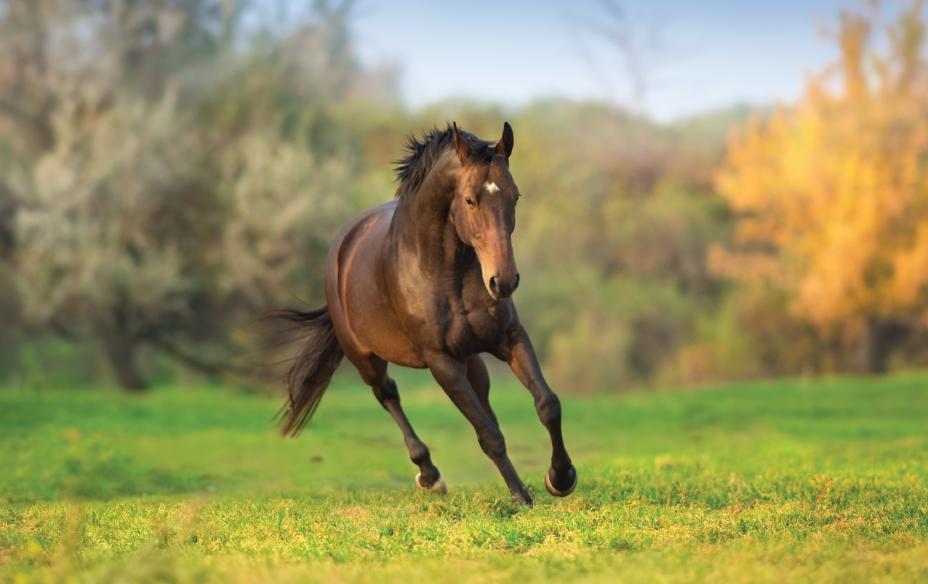
Autumn can be a very difficult time of year as it brings the biggest changes in grasses. During Autumn the grass surges in growth before slowing dramatically as some grass species go dormant over Winter. Shoots of grass that come up in areas that were previously dirt or short grass is very minerally out of balance, containing low sodium, very high potassium and nitrates. In some grasses such as Kikuyu they can even contain high levels of toxins which can cause colic.
It is a common mistake for owners seeing the new grass shoots to assume there is enough feed for their horses in the paddock and stop giving them hay. This results in the horses having to eat grass they may not normally eat or larger amounts of this grass which can cause mineral imbalances and in some cases to be toxin/myco-toxin affected as well. It is through these mineral imbalances and high toxins/myco-toxins that the horse can then develop neurological problems and muscle pain. The high levels of potassium and nitrates can strip vital nutrients such as magnesium, calcium and sodium (salt) out of the horse’s system causing imbalances. Through Autumn months while the grass is so out of balance it is advisable to increase your horse’s intake of magnesium, calcium, sodium and to feed a toxin binder twice a day.
If you live in an area where Clover is common in Autumn be careful as your horse can exhibit photosensitivity (looking like mud fever). It is advised to reduce the amount of Clover your horses have access to and reduce all Lucerne in their diet as this will decrease the amount of photosensitising elements in the horse’s food intake.
Overall to help your horses cope with the changes in nutrients of grass annually ensure their intake of calcium, magnesium and sodium are at optimum levels all year round. Often magnesium, calcium and sodium are not supplemented in many vitamin and mineral mixes to the levels needed to combat the very high spikes of potassium and nitrates in grasses. Ideally you should be able to increase and decrease calcium, magnesium and sodium as the seasons change, the same goes for a toxin binder. In addition a multi-vitamin and mineral mix is advisable to ensure they are getting all the other vitamins and minerals they need plus helping with the absorption of their much needed calcium and magnesium.
Information credits: Gotcha.com.au
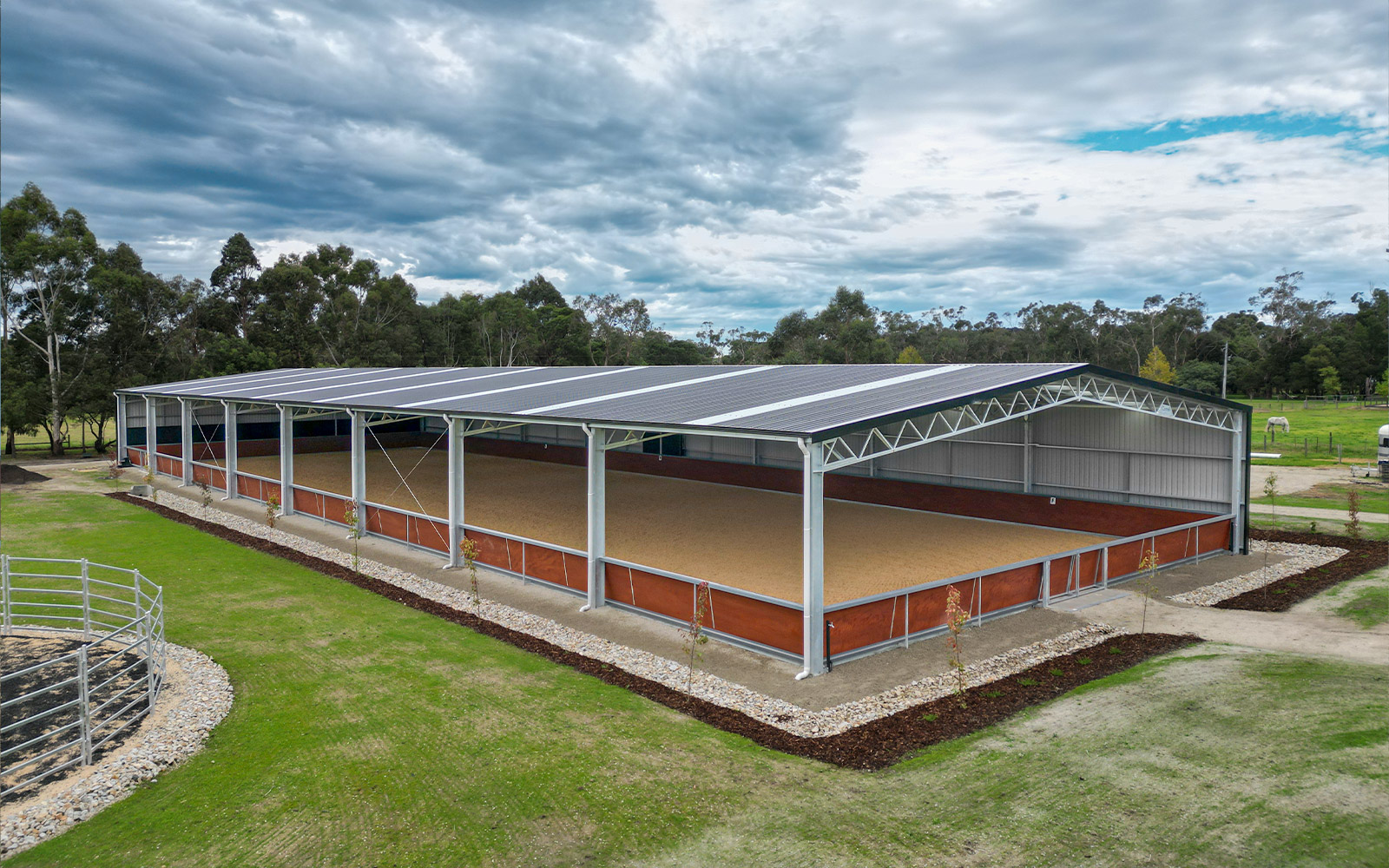
Building a riding arena is not as complicated as it might seem, but it does require proper planning and preparation. To help you get started, let’s...
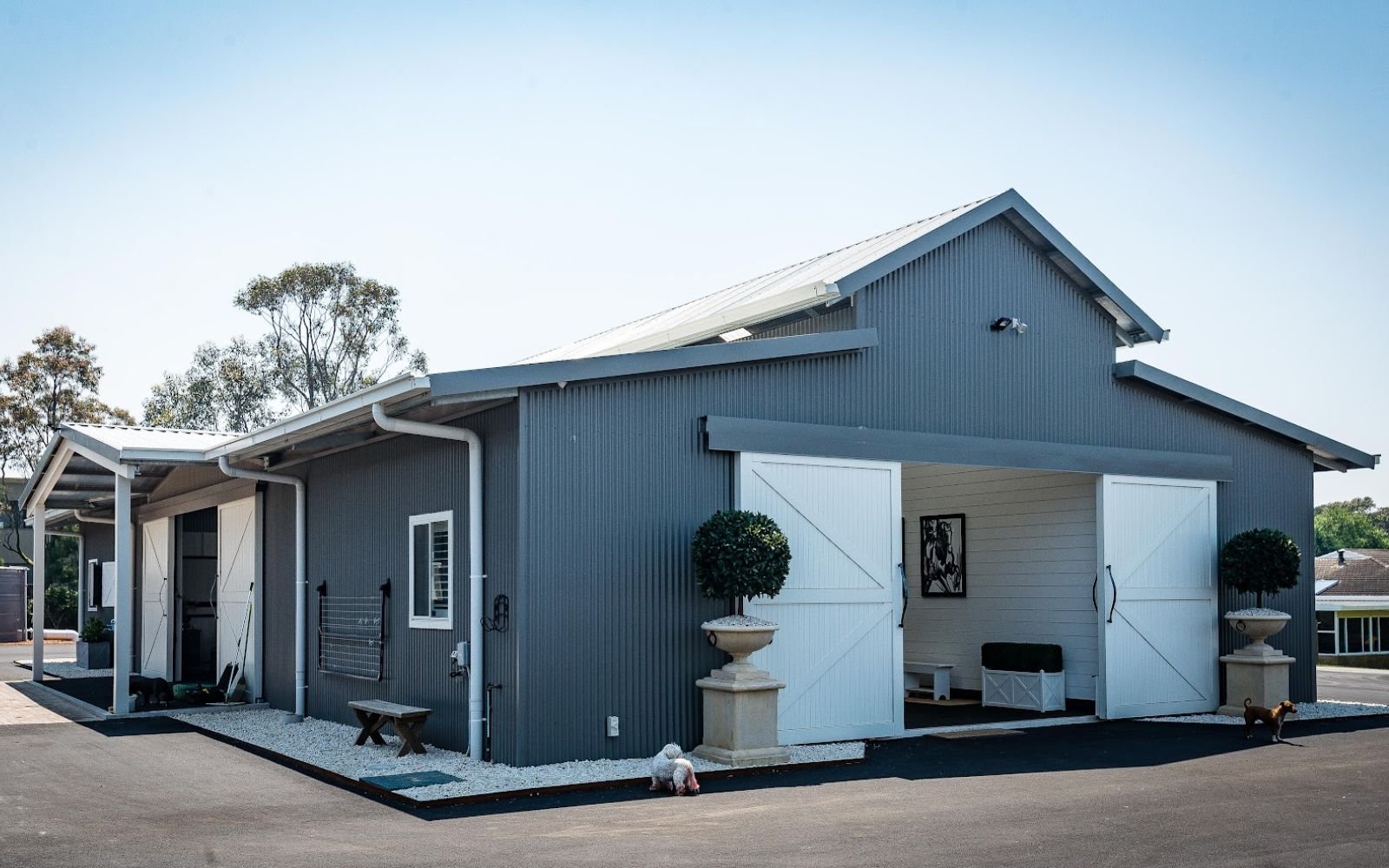
As a horse owner, your priority is to provide a secure and comfortable dwelling for your equine companions. Building horse stables is a great...
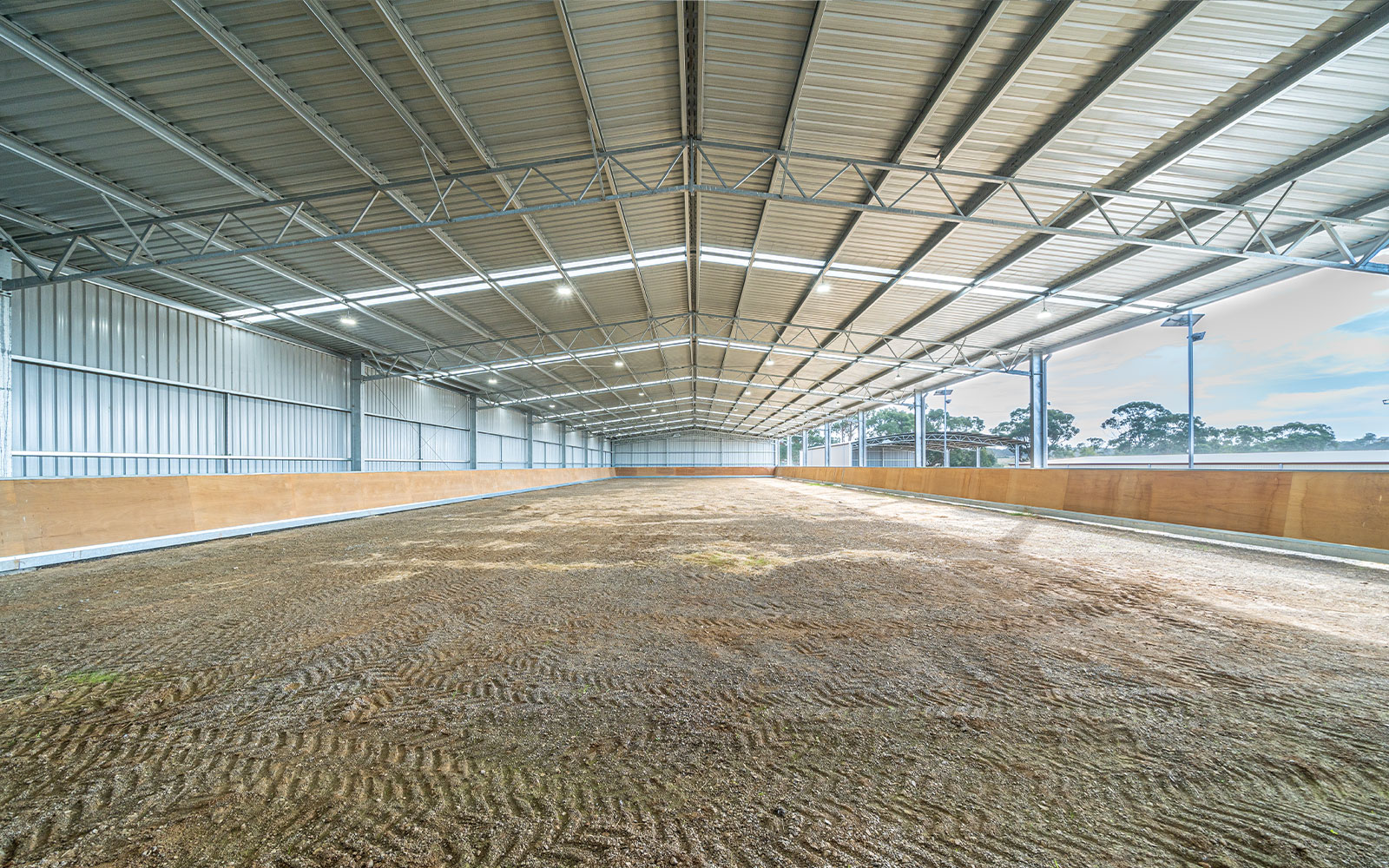
Benefits of having an indoor equestrian space For equestrian enthusiasts, trainers, and horse owners alike, indoor horse training areas, often known...